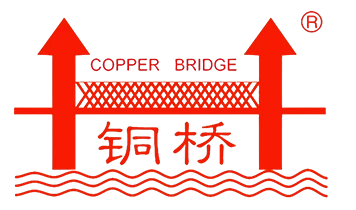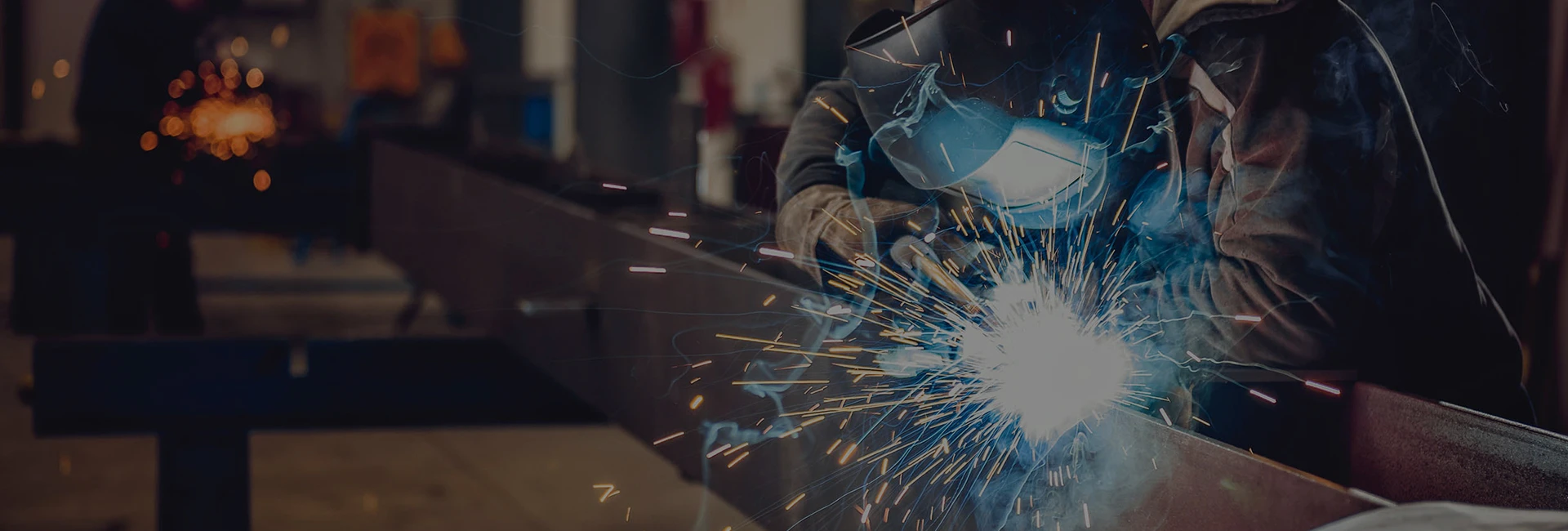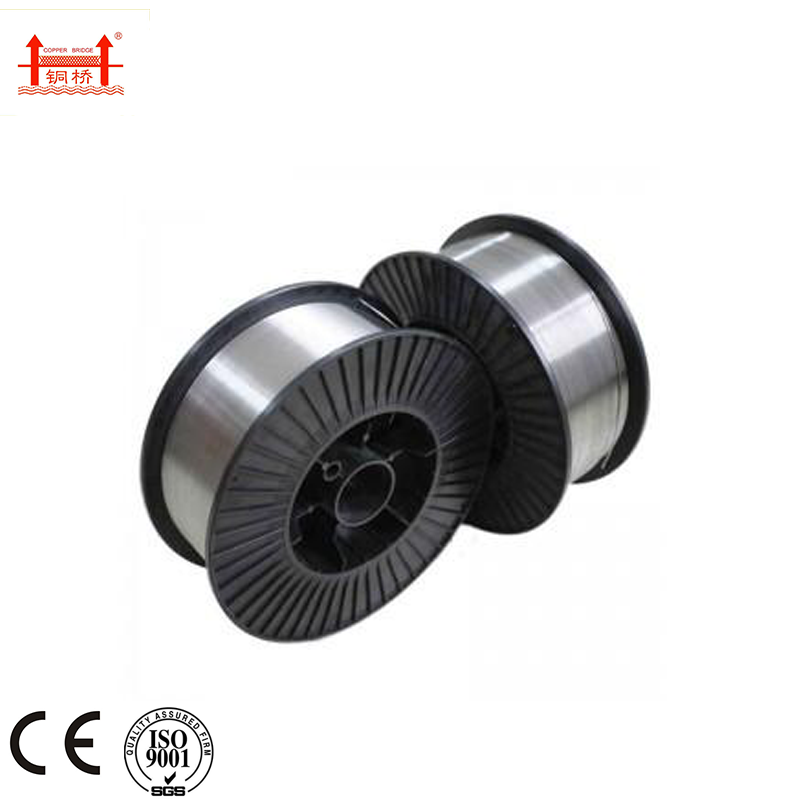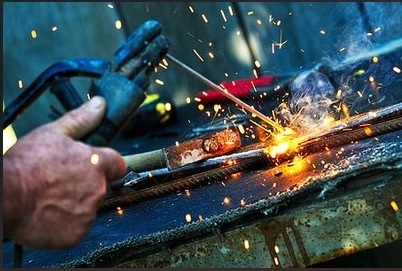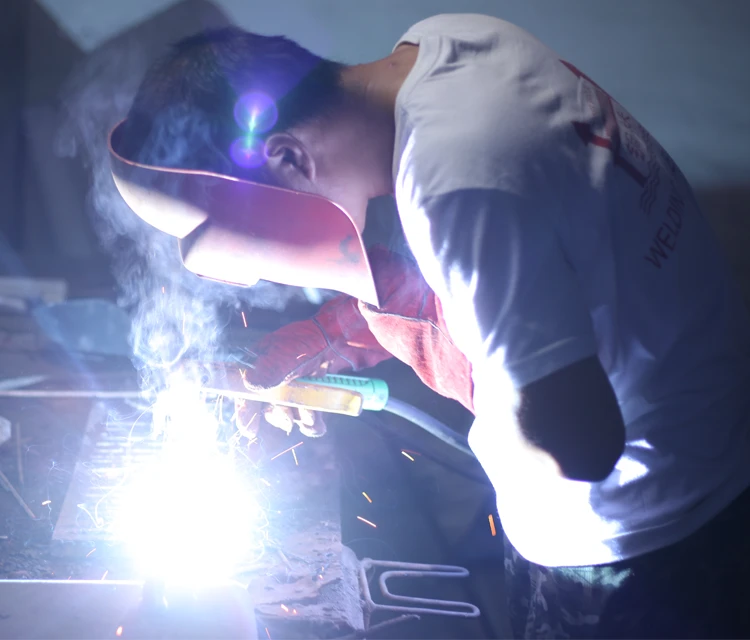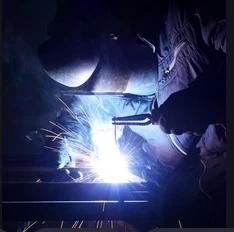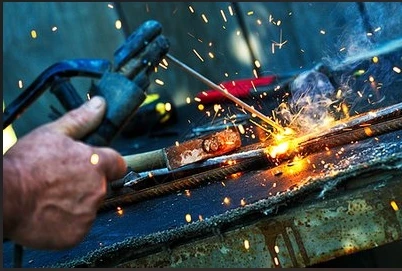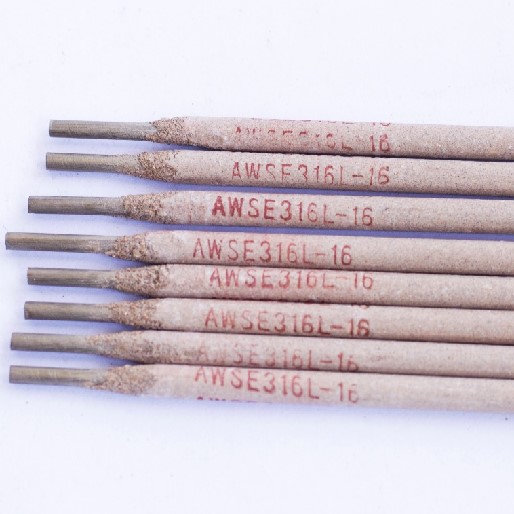What's the Difference Between 6011 and 7018 Welding Rod? A Practical Guide
Nov . 19, 2025 00:00
Understanding the Crucial Differences Between 6011 and 7018 Welding Rods
If you’ve ever dipped a toe into the welding world, you’ve likely stumbled upon the different types of welding rods — especially the staple SKUs known as 6011 and 7018. But what's the difference between 6011 and 7018 welding rod, and why does it matter beyond just the shop floor? Welding rods may sound like a narrow topic, yet their applications ripple across industries, from heavy construction to humanitarian infrastructure rebuilding. Whether you’re a seasoned welder, an engineer designing a rugged pipeline, or a project manager overseeing repairs in remote locations, knowing these rods inside out saves time, money, and sometimes even lives.
Globally, welding underpins over 50% of fabricated metal products and infrastructure — that’s according to various construction and manufacturing reports[1]. Choosing the right rod can mean smoother operations, better durability, and fewer safety issues down the line. Let's dive in.
The Global Context: Why the Difference Between 6011 and 7018 Welding Rods Matters
Steel fabrication spans continents and sectors, contributing an estimated $4 trillion annually to the global industrial economy[2]. Welding rods like 6011 and 7018 are vital cogs in this machine. For example, disaster recovery projects often depend on quick but sturdy repairs, making rod choice critical where conditions may not be perfect.
On the flip side, massive infrastructure builds, like bridges and pipelines — think of the sprawling Trans-Siberian pipeline or high-rise skyscrapers in Asia — demand welds that stand up to sheer stress and time. That's where selecting between a 6011 and a 7018 welding rod can influence project longevity, cost, and worker safety. But I'll admit, the topic tends to get technical fast, which trips up newcomers.
Defining 6011 and 7018 Welding Rods in Plain Terms
At its core, the difference between 6011 and 7018 welding rods lies in their design, coating, and suitable welding conditions. To break it down:
- 6011 rods are cellulose-coated electrodes, allowing them to operate well with AC and DC current, and they’re famous for their deep penetration, which means the weld can fuse thick or rusty metals effectively.
- 7018 rods are low-hydrogen coated rods, generally used with DC current, prized for producing strong, ductile, and crack-resistant welds with excellent finish quality.
So, you can think of 6011 rods as the tough, adaptable “get the job done” type for less-than-perfect conditions, while 7018 rods are more of a “precision and strength” champion, best for critical structures. This distinction is especially vital as industries shift towards more sustainable and resilient builds worldwide.
Mini takeaway:
The key difference is about strength vs. adaptability — both essential but for quite different scenarios.
Key Differences That Define These Welding Rods
1. Durability and Strength
7018 rods create welds with superior tensile strength — usually around 70,000 psi — perfect for load-bearing joints in bridges or pressure vessels. Meanwhile, 6011 rods, although strong, don’t always meet that high bar but compensate by adapting to crappy surfaces.
2. Welding Current and Polarity
6011 rods can be worked on both AC and DC currents, which means you don't have to fuss over your power setup — a boon in fieldwork or remote areas. 7018 rods prefer DC (usually DC+) for cleaner, more stable arcs.
3. Usability and Surface Conditions
6011 rods shine when welding over dirty, rusty, or painted surfaces, making them popular for repair work or farming machinery. 7018 needs cleaner metal to avoid cracking or porosity in the weld.
4. Appearance and Cleanup
Welds made with 7018 rods tend to be smoother and require less cleanup, favored in finish work. 6011 rods, conversely, leave a rougher surface due to their high penetration and slag deposits.
5. Moisture Sensitivity
7018 rods demand dry storage and handling because their low-hydrogen coating can absorb moisture, risking brittle welds. 6011 rods are generally more tolerant.
Product Specification Table for 6011 vs 7018 Welding Rods
| Specification | 6011 | 7018 |
|---|---|---|
| Coating Type | Cellulose | Low-hydrogen |
| Typical Tensile Strength | ~60,000 psi | ~70,000 psi |
| Welding Current | AC/DC | DC+ |
| Penetration | Deep, aggressive | Shallow/moderate, smooth |
| Storage Needs | Standard | Low moisture; sealed |
Real-World Applications & Global Use Cases
Both 6011 and 7018 rods have left their mark on critical projects worldwide. For instance:
- Disaster Relief Infrastructure: 6011 rods empower rapid fixes on rusted, worn-out equipment or damaged shelters in places like Bangladesh or Nepal, where power supplies may be limited.
- Oil & Gas Pipelines: 7018 rods are standard for high-pressure pipelines in North America and the Middle East, thanks to their crack-resistant, high-strength welds.
- Automotive Repairs: Garage shops favor 6011 rods for quick, versatile repairs, while 7018 rods cater to chassis welding that demands longer life.
- Shipbuilding: Both rods sometimes get used; 7018 for structural hull parts, and 6011 for on-site repairs where conditions aren’t ideal.
So, depending on geography and industrial focus, rod selection aligns with project needs and environmental conditions.
Mini takeaway:
Knowing the difference between 6011 and 7018 rods isn’t just academic — it directly impacts safety, cost, and durability across industries worldwide.
Advantages and Long-Term Value of Choosing the Right Welding Rod
It might sound dry, but choosing the right rod is about much more than strength and penetration. Here’s why it counts:
- Cost Efficiency: Using 6011 rods on dirty or rough metals avoids costly prep work and downtime. 7018 rods reduce repair frequency by forming stronger, crack-resistant welds.
- Safety & Reliability: 7018 rods lower the risk of weld failure in critical structures like bridges and tanks, protecting worker lives and public safety.
- Sustainability: Longer-lasting welds mean fewer replacements, less scrap metal, and minimal environmental impact over time.
- Project Flexibility: 6011 rods' versatility with AC/DC and less sensitive storage simplifies logistics in remote or under-resourced projects.
For engineers and welders, these choices often come down to balancing practical realities with technical best practices. A thoughtful selection process can feel like a subtle, yet powerful way to ‘future-proof’ a project.
Future Trends in Welding Rod Technology
Oddly enough, welding rods — humble as they are — do not escape the wave of innovation sweeping technology sectors:
- Eco-Friendly Coatings: Researchers are working on low-emission, bio-based coatings for rods to reduce toxic fumes during welding.
- Automation Compatibility: With robotic welding on the rise, rods optimized for machine feed systems — including upgraded 7018 variants — are gaining traction.
- Digital Storage & Handling: Smart packaging promises to monitor moisture content in 7018 rods to preserve their integrity.
- High Strength Alloys: Modified rods expanding the functional range for new steel grades will see growing use in green energy infrastructure.
So the gap between old-school welding and next-gen fabrication might narrow quicker than most expect!
Challenges and How Experts Are Addressing Them
But it’s not all smooth sailing. Both rods have their quirks:
- 6011 rods’ aggressive penetration can cause burn-through on thin metals.
- 7018 rods’ moisture sensitivity complicates transport and storage in humid environments.
Solutions? Welders recommend strict drying and storage protocols, and sometimes combining rods during multi-pass welds for optimal results. New coatings are also improving moisture resistance.
FAQ: Common Questions About What's the Difference Between 6011 and 7018 Welding Rod
- Q: Can 6011 rods be used for structural steel welding?
A: While 6011 rods provide deep penetration, they generally do not produce welds as strong or ductile as 7018 rods. For critical structural applications, 7018 rods are preferred due to their higher tensile strength and crack resistance. - Q: Why do 7018 rods require special storage?
A: 7018 rods have a low-hydrogen coating that absorbs moisture, which can cause brittle welds and cracking. Keeping them dry in sealed containers or rod ovens maximizes weld quality and safety. - Q: Is it possible to weld thin metals with these rods?
A: 6011 rods have aggressive penetration that can easily burn through thin metals if not handled carefully. For thin sheets, other rods like 6013 or tig welding are often better. 7018 rods can work on thicker thin metals but also require caution. - Q: Can I use 6011 rods with AC power at job sites with limited DC availability?
A: Yes, 6011 rods are famous for their ability to weld well on both AC and DC currents, making them favorites for field repairs where power options may be constrained.
Vendor Comparison: Popular 6011 and 7018 Rod Suppliers
| Vendor | 6011 Rod Features | 7018 Rod Features | Price Range (per lb) |
|---|---|---|---|
| Lincoln Electric | High penetration, reliable arc start | Low-hydrogen, smooth finish, corrosion-resistant | $3.00-$3.50 |
| ESAB | Versatile, good slag control | High tensile strength, moisture protection | $2.80-$3.40 |
| Jinlong Welding Electrode | Robust, excellent penetration for field repairs | Premium low-hydrogen, consistent arc performance | $2.50-$3.20 |
Interestingly, many engineers say Jinlong offers a solid balance of quality and price, especially for international logistics or remote sites.
Final Thoughts
Choosing between 6011 and 7018 welding rods might seem like splitting hairs at first glance, but their differences impact everything from weld quality to long-term structural integrity. In real terms, they’re solutions adapted to different challenges — whether that’s welding through grime and paint in an emergency (6011) or providing enduring strength in a skyscraper’s skeleton (7018).
For anyone invested in welding — from hobbyists to industry pros — grasping what's the difference between 6011 and 7018 welding rod is more than technical knowledge. It’s a practical edge. If you want to explore top-notch rods that suit your precise needs, I’d suggest checking out the extensive options at Jinlong Welding Electrode — their specs and service often make life easier in the shop.
So whether it’s for everyday repairs or monumental steelwork, choosing right pays off — every single time.
References
- ISO 2560 – Welding Consumables Standards
- World Bank Data on Manufacturing and Industrial Output, 2023
- Wikipedia: Welding Electrode
Related Video


